
How Do Braces Work – Will Braces Straighten Teeth?
In order to move teeth and jaws into a different position and change the smile, braces constantly press against these structures.
For patients who would otherwise guarantee a lifetime of cosmetic and medical issues, braces can produce amazing results. People naturally want to know how braces’ biomechanics function. So that you can better understand the procedure, here is a simplified version.
How Do Braces Move Teeth?
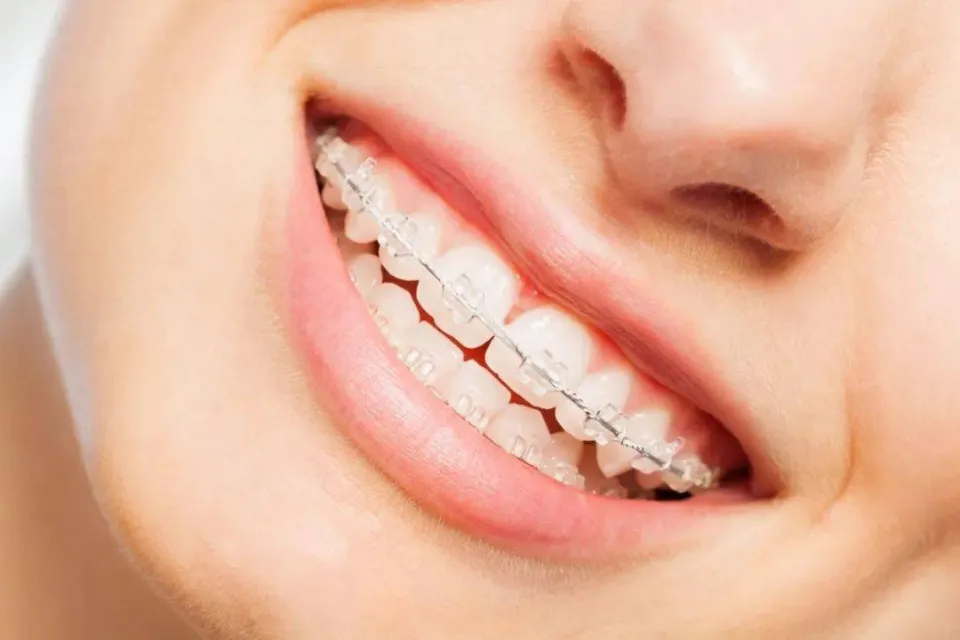
Braces work by exerting constant pressure on teeth and jaws to change their position and alter the smile and braces also have various kinds of colors. The archwire is held in place by the brackets that are painted on teeth, which puts pressure on the teeth. The desired position of teeth is gradually achieved by teeth.
Periodontal ligaments are the soft tissues that encircle the teeth and bones. These ligaments, which help keep teeth in place, can expand or contract as teeth move. When a tooth is moved to the right with braces, the ligament on the right contracts and new bone grows on the left to fill the space.
Read More: How to Know if You Need Braces – 5 Signs to Determine
Correcting Overcrowding
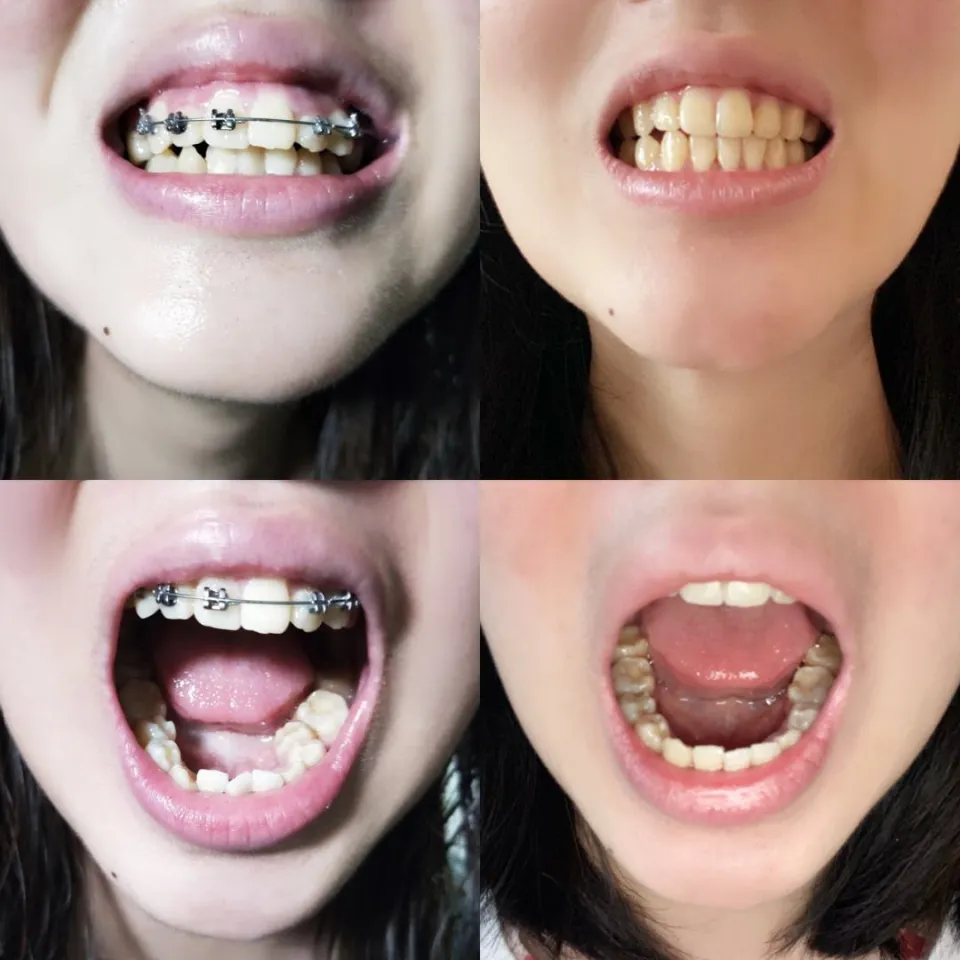
When the jaw and/or teeth are too large or too small in relation to one another, overcrowding results. For teeth to sit side by side, braces must move each tooth back, forward, and across.
An expander can help some young patients with overcrowding enlarge their jaw.
An expander is no longer an option if the palate has already fused; instead, the patient may need to have a few tiny pins inserted from the expander into the roof of the mouth to aid in expansion, or an oral and maxillofacial surgeon’s assistance will be needed to make some incisions on either side of the upper jaw to allow the expander to expand the jaw structure.
As a substitute to create more space, tooth extraction is frequently considered. Of course, your orthodontists will carefully weigh all the options and potential problems.
Correcting An Overbite

An overjet is when the top teeth protrude outward relative to the lower teeth, and an overbite is when the top and bottom teeth overlap vertically. The bottom or top teeth may need to be moved in either situation.
Upper front teeth may be moved up, lower front teeth may be moved down, or a combination of both, or the lower back teeth may be raised to cause the lower jaw to open slightly, depending on the severity of the overbite.
The front teeth may be shifted backward, the lower teeth may be shifted forward, or a combination of the two procedures may be used to treat overjet or protrusion, depending on the patient’s unique situation.
In order to slowly move the teeth into the desired position, braces apply constant pressure. In order to accommodate the teeth’s new position, the bone around them adapts in shape.
Moving Teeth Forward
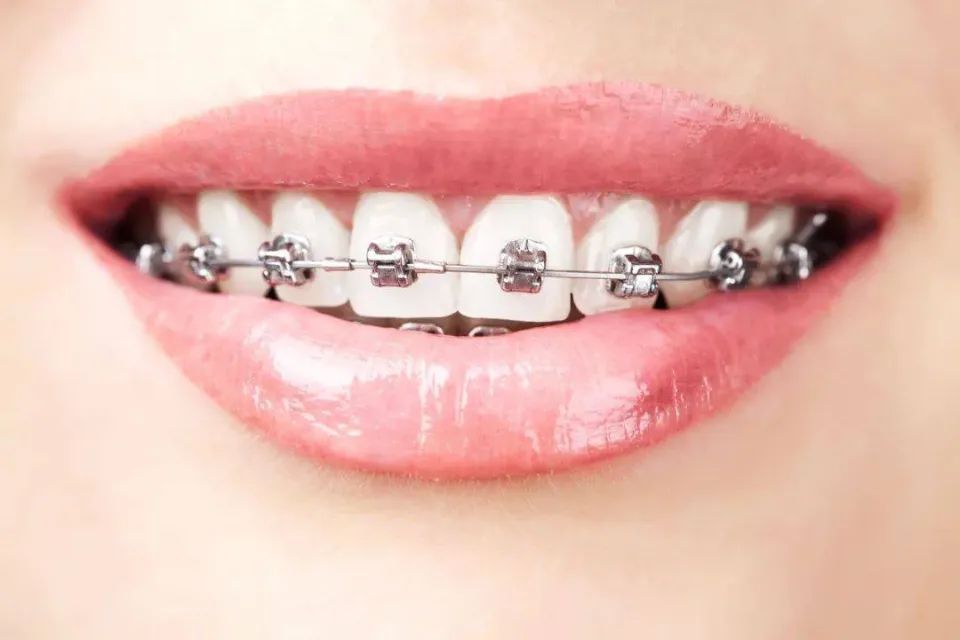
Contrary to popular belief, braces can also pull teeth outward toward the lips in addition to pushing teeth toward the palate. Nickel-titanium archwires with shape memory have the ability to advance teeth. The wire is curved to fit the tooth bracket, but over time it returns to its original U shape and moves the tooth forward.
What Problems Are Usually Fixed First With Braces?
For most patients, the treatment phase is broken into three steps:
1. Level and Align
The first step is to move your teeth into a paired position. Teeth can move up, down, and across, so their edges are always straight.
2. Bite Issues
The second step is to make any necessary adjustments to the braces to address any over-, under-, or crossbites. During this stage, we will also fill in any gaps that patients may have between their teeth, whether one or more. (Read More: Can Braces Fix Gaps in Teeth)
3. Fine Tuning
We’ll finish up any minor adjustments and cleanup work during the last few months of treatment to ensure that all teeth are positioned optimally before the braces are taken off.
When Will You Start to See Results?
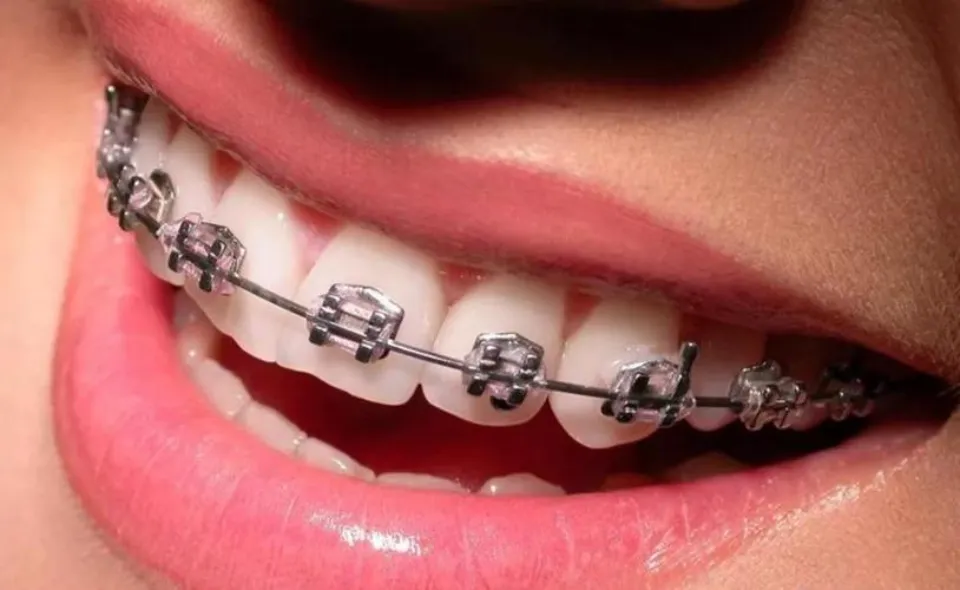
How long does it take your braces to work? Your teeth won’t move every day even though braces are continuously applying pressure. Following an adjustment, you might experience some soreness in your teeth as they adjust to the new pressure for a few days. Your teeth are held in the desired position by the braces for the remainder of the time until the next appointment.
For comfort and effectiveness, braces must move teeth gradually. Too rapid tooth movement by an orthodontist can cause damage to the bone surrounding your teeth in addition to being painful.
In order for our teeth to erupt into the ideal position, the bone must first either reabsorb or regenerate, depending on which way the teeth are moving.
There are variations in every orthodontic case! Some people who only need minor cosmetic adjustments to their teeth may only need to wear braces for six months. Other patients may need complex treatment for up to three years to correct multiple orthodontic problems with their teeth and jaw.
Do Braces Hurt?
When getting braces put on, there should be no discomfort. However, they may feel uncomfortable during and after adjustments as well as in the days that follow the initial placement.
It is either a 1 or a 0 for how painful braces are because getting your braces put on, taking them off, tightening, or doing anything else braces won’t hurt at all. There is hardly any pain or discomfort experienced when your orthodontist puts on braces.
The discomfort from braces is described as a dull ache or throbbing. You can take an over-the-counter pain reliever, such as ibuprofen (Advil), for relief if you experience pain after getting braces put on.
However, braces may lead to the following diseases without proper maintains:
Do Braces Cause Canker Sores?.
Canker sores are brought on by braces.
Can Braces Cause Temporomandibular Joint Dysfunction (TMJ)?
TMJ disorder has not been linked to braces.
Can Braces Cause Gum Recession
Gum recession won’t occur just from wearing braces.

Receiving orthodontic treatment can lead to headaches, including crippling migraine headaches.
Cost of Braces
Some dental and health insurance plans will pay for braces for dependent children. Your provider and the price of the services your orthodontist determines you need will determine how much coverage you receive.
The American Academy of Orthodontists states that the starting price for children’s braces, if you have to pay for them out of pocket, is typically $5,000.
Insurance usually does not pay for adult braces or tray procedures like Invisalign. The cost of adult braces can range between $5,000 and $7,000. To help patients afford this cost, the majority of orthodontists offer payment plans.
What Are Mini-Braces?
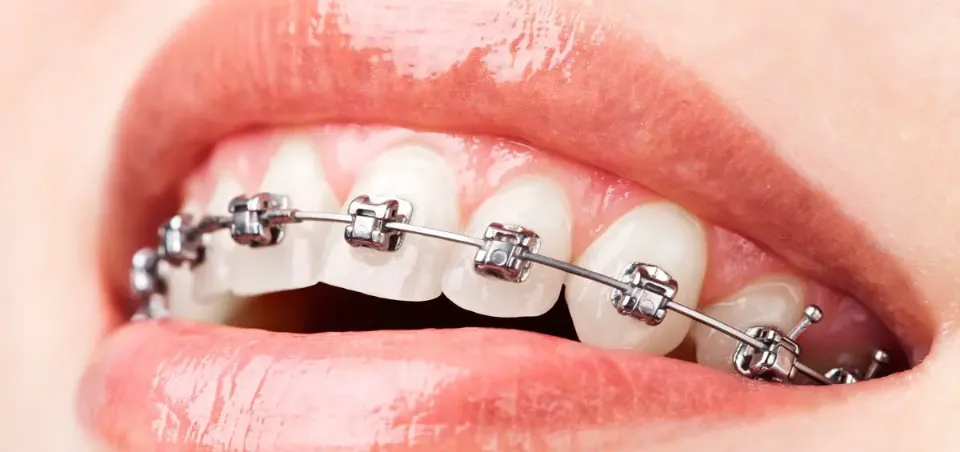
Compared to conventional braces, mini-braces are more compact. They take up less space in your mouth because they don’t wrap around individual teeth.
If you are a candidate for mini-braces, some orthodontists assert that they could shorten the course of your treatment. Speak with your orthodontist if you’re unsure if you might qualify.
How do braces function differently for adults compared to kids?
You might be surprised to learn that you can get braces at any age. The earlier the treatment is begun, however, the more benefits there are.
As you finish developing into an adult, your jawline and underlying tissue are still moving around as an adolescent. Your teeth may be more responsive to movement and your jawline may be more flexible at this stage.
If your teeth respond more quickly to your braces, treatment might not take as long. There are some adjustments that braces are unable to make once your jaw and teeth have stopped growing.
The process of getting braces is generally the same for adults and kids. When you want braces as an adult, there are other factors to think about besides the length of treatment.
You should discuss the potential effects of braces on your pregnancy with your OB-GYN if you are pregnant or considering trying to conceive.
If you have any underlying medical conditions that you think might be impacted, you might also want to discuss them with your primary care physician.
How to Maintain Braces?
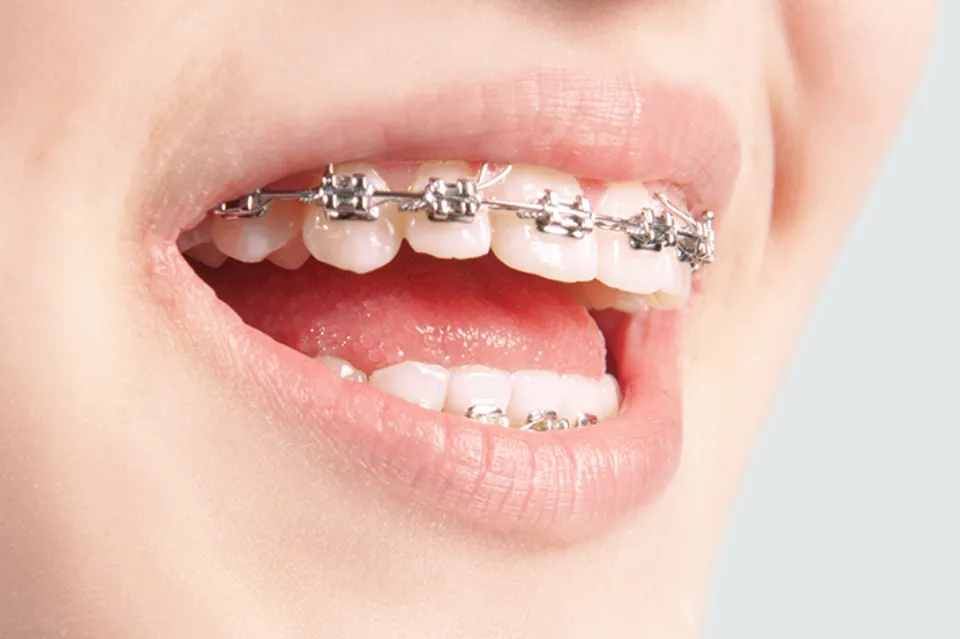
A few foods that can get stuck between your braces and gumline after getting braces must also be avoided. These foods include:
- Hard candy
- Popcorn
- Chewing gum
Your teeth are more likely to trap foods that can cause tooth decay if you have braces. Keep in mind that consuming too many starchy foods and sugary drinks can erode the enamel on your teeth.
You must go to the orthodontist for an adjustment every 8 to 10 weeks while wearing braces. To ensure that you’re taking good care of your braces and maintaining good oral health, your orthodontist will perform a checkup. O-rings may occasionally need to be replaced by your orthodontist.
If you want to learn what food can you eat with braces, you can check the following posts to protect your braces!
Read more in this guide to find out what you can eat with braces!!!
How to Clean Teeth With Braces?
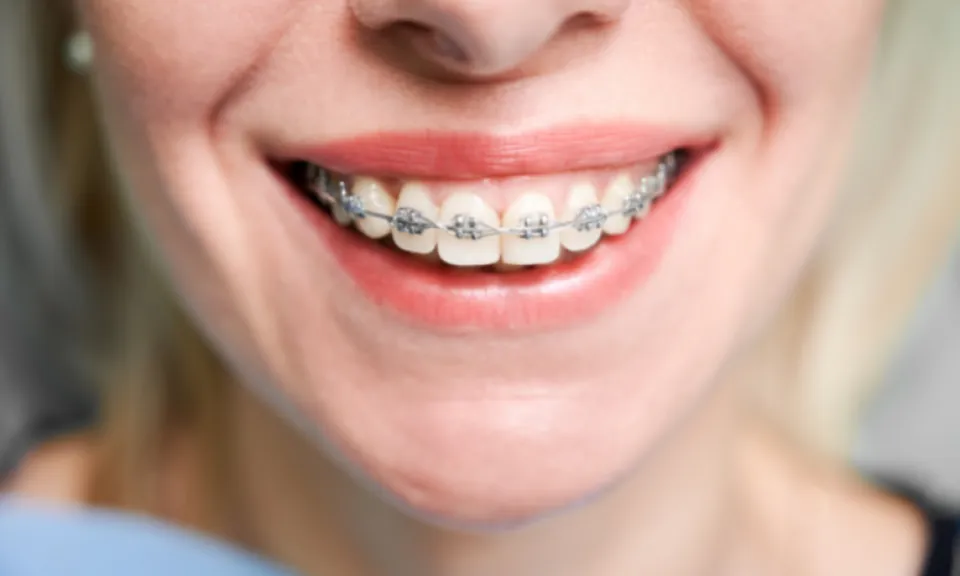
When wearing braces, it’s crucial to practice extra caution when it comes to your oral hygiene. By brushing your teeth after meals, you can prevent food from getting stuck between your braces and your teeth. It will be possible to floss around the braces twice a day using special floss from the orthodontist.
A Waterpik flosser that can easily fit around your braces and help you reach hard-to-clean areas may be something you want to buy. To clean under and around brackets and archwires, use an interdental toothbrush, a specialized cleaning tool.
Every six to twelve months while you are wearing braces, you should still make an appointment with your dentist for a cleaning.
Takeaway
In order to alter how your smile appears, braces apply pressure to your jawline. In addition to improving your appearance, having straight teeth and a balanced jaw can improve your general health.
Braces take time to work, and everyone responds differently to a treatment. If you have any questions about getting braces, talk to your dentist.
FAQs
How Quickly Do Teeth Move With Braces?
Four weeks after bonding, you should anticipate noticing slight tooth movement. Greater, more obvious shifts take longer to manifest because they take about two to three months to become apparent. Yes, braces do move your teeth every day, to give the gist of the answer.
Are Braces Painful to Put?
The truth is that applying braces to the teeth does not hurt at all, so there is no need to worry about the placement appointment. A few days to a week after the orthodontic wire is inserted into the newly placed brackets, there may be some minor soreness or discomfort.
How Do Braces Actually Work?
Your teeth are straightened by braces by applying mild pressure to them continuously. Through each bracket on your teeth and along the archwire, the wire that wraps around your mouth, this consistent pressure gradually shifts your teeth into the proper position.
How Do Braces Work Step by Step?
The first thing your orthodontist will do is insert a device to keep your mouth dry and your tongue in its proper position. To prepare the tooth surface for bonding, he or she will first dry your teeth and then apply an etchant. The braces will then be attached to your teeth with a special adhesive to keep them in place for the duration of your treatment.


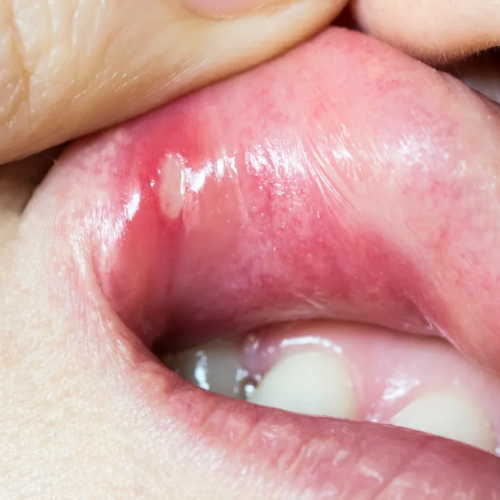
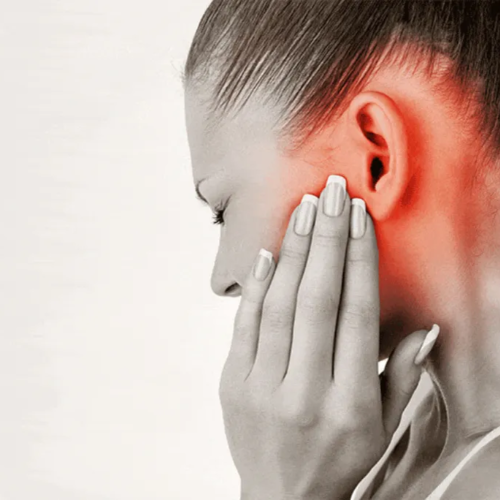
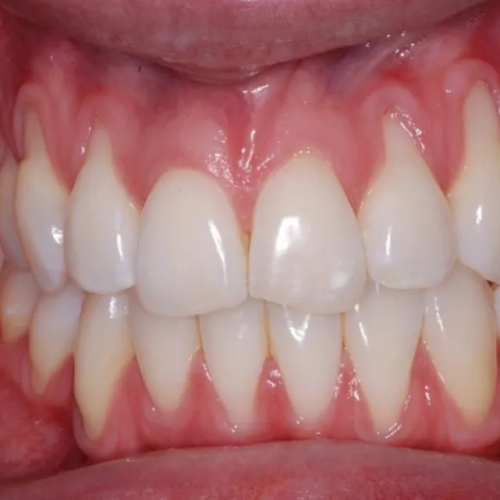







Average Rating